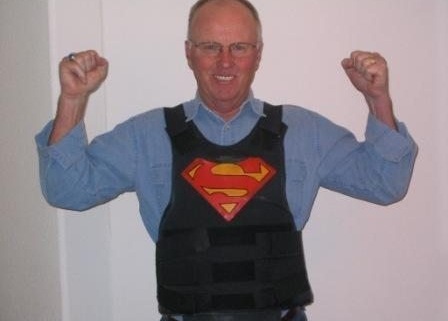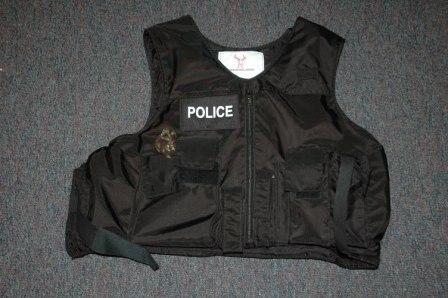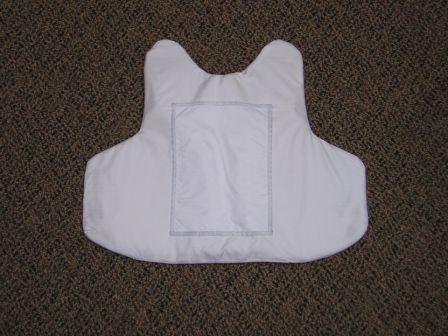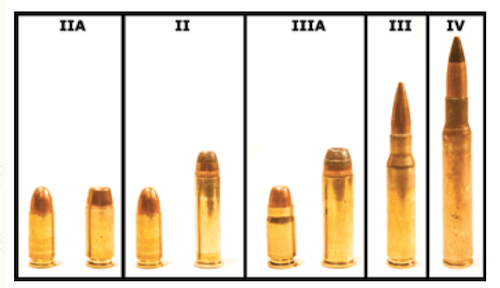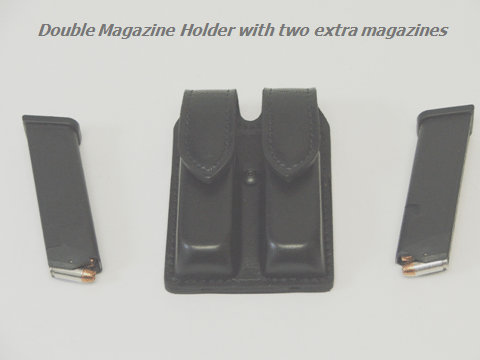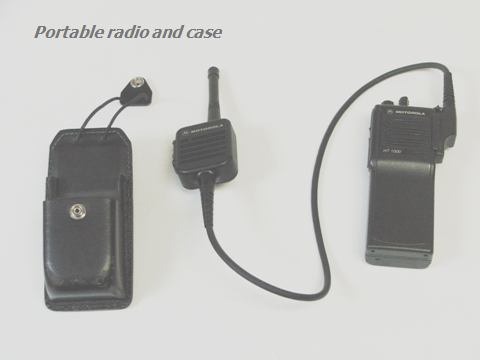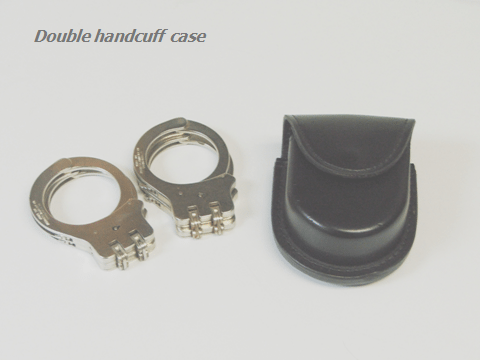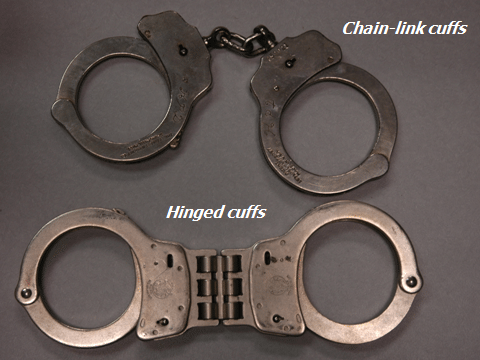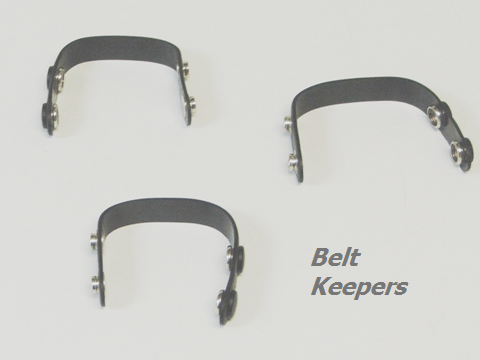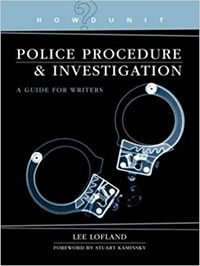When the topic of identifying skeletal remains arises, two world-renowned renowned forensic anthropologists immediately come to mind—Dr. Elizabeth A. Murray and Dr. Kathy Reichs. Both experts are at the top of their profession and are two of approximately 100 anthropologists certified as Diplomate by the American Board of Forensic Anthropology.
Law enforcement and other investigators around the world have relied on Drs. Murray and Reichs, as well as other forensic anthropologists, for their help with solving high-profile criminal cases, and to help identify recovered bones.
However, in many instances, on-the-scene law enforcement investigators don’t have speedy access to experienced experts, and they need to know right away if the bones they or someone else discovered are human. This immediate knowledge helps them decide whether the remains belong to a person, and if what they have before them could be a crime scene, or the found bones are those of an animal, which could be the remnants of a family pet, wild animal, or farm livestock.
Knowing the differences between the two bone types (animal and human) could mean a significant saving in costs and/or wasted time of valuable resources if the bones are of bovine origin, for example. If the remains are likely human then it’s time to initiate a full-blown criminal investigation with all the bells and whistles.
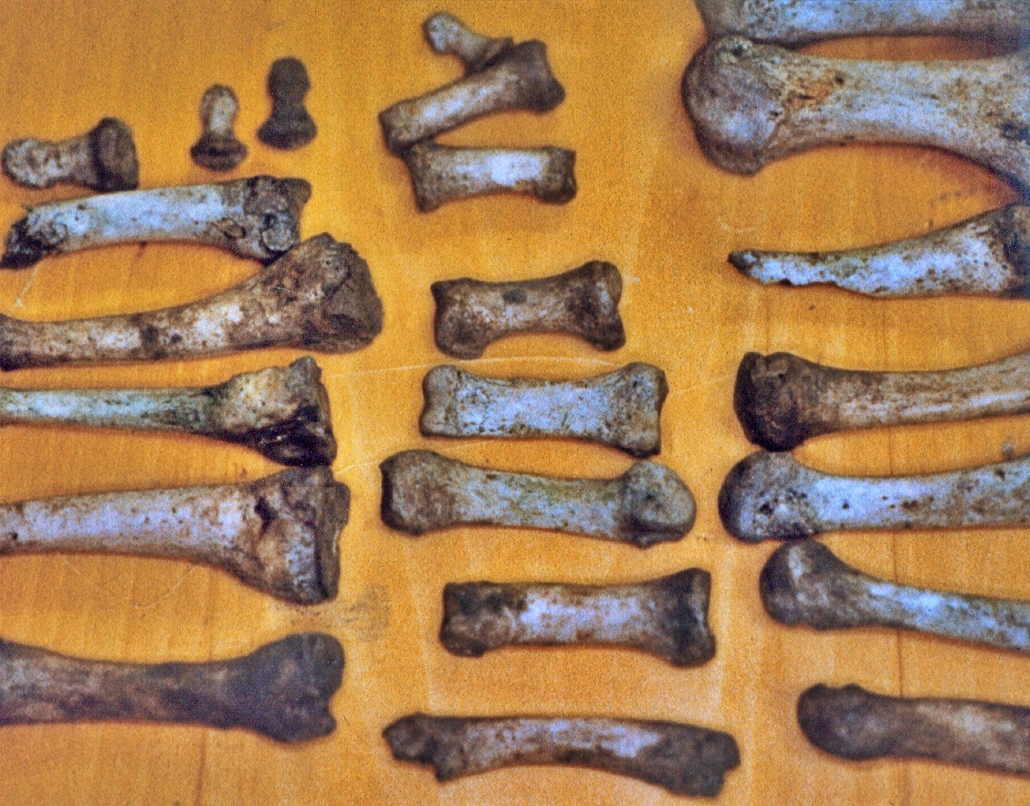
So, what do cops and other people with little or no training do when they need to quickly determine if bones are human or animal?
Well, they could turn to OsteoID, a new tool designed to help identify the type of skeletal remains.
Designed by Dr. Heather Garvin and her group from Des Moines University Osteopathic Medical Center, OsteoID is an easy-to-use online tool in which anyone can use simple measurements and morphological information to determine whether a particular bone is human. If not, OsteoID points the user to which animal species it belongs. It’s that simple, and best of all it’s free! Even better, it’s available to everyone, including authors who want and need this sort of detail in their next mystery or thriller.
Here’s how it works.
Users first view a series of high-quality photos to help determine the identity of the bone(s) in question (humerus, tibia, femur, etc.). Once identified, the user is prompted to enter basic measurements—bone length, etc.). The program then returns detailed photos and, when available, 3D surface models/images, of the potential species to allow for comparison.
The list of species included in the system includes (from the OsteoID website):
Mammals: Humans, Black Bear, Brown Bear, Cow, Elk, Moose, White-Tailed Deer, Mule Deer, Pig, Horse, Sheep, Goat, Coyote, Wolf, Domestic Dog, Domestic Cat, Grey Fox, Red Fox, Racoon, Opossum, Rabbit
Birds: Golden Eagle, Goose, Chicken, Duck, Turkey
Turtles: Box Turtle, Snapping Turtle
For more, please click here to visit the OsteoID website.
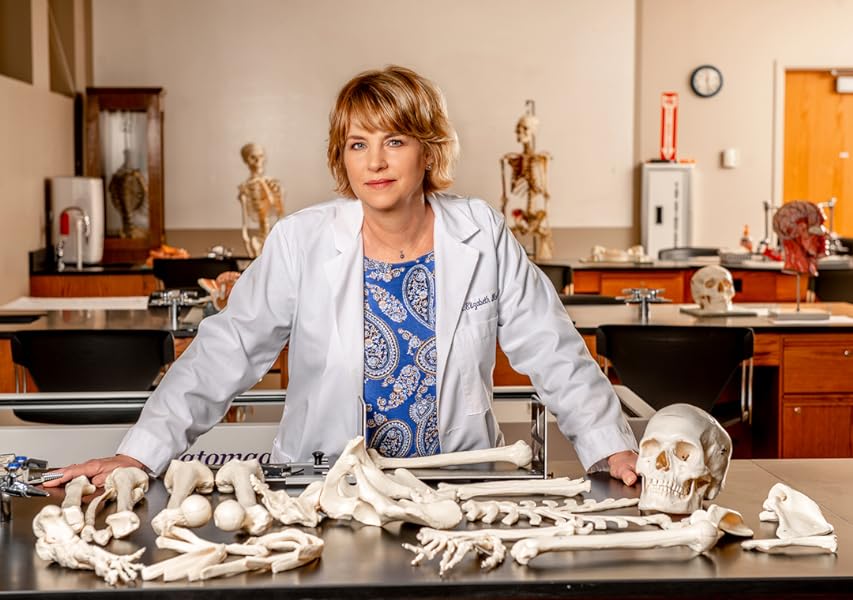 In 2012 Dr. Elizabeth Murray was a featured presenter at the Writers’ Police Academy. Her session included a discussion about skeletal remains and the tools associated with identification. She also provided information about NamUs (the National Missing and Unidentified Persons System) and some of its success stories. Since 1986, Dr. Murray has been involved in forensic and historic skeletal investigations worldwide.
In 2012 Dr. Elizabeth Murray was a featured presenter at the Writers’ Police Academy. Her session included a discussion about skeletal remains and the tools associated with identification. She also provided information about NamUs (the National Missing and Unidentified Persons System) and some of its success stories. Since 1986, Dr. Murray has been involved in forensic and historic skeletal investigations worldwide.
In addition to working as a forensic anthropologist and professor of biology at the College of Mount St. Joseph in Cincinnati, Ohio (now retired), Dr. Murray is also the author of the books The Dozier School for Boys: Forensics, Survivors, and a Painful Past Death, and Corpses, Cadavers, and Other Grave Matters, a fascinating, enlightening nonfiction book for YA readers about the science of death. As an expert, Dr. Murray has also appeared on local and national television and in numerous documentary programs, such as Forensic Files and Skeleton Stories, and she’s featured in productions such as New Dominion Pictures’ series Buried Secrets.
To read about how Dr. Elizabeth Murray helped solve a complex murder case using core samples from a human skull, click here.
Dr. Kathy Reichs was a featured presenter at the 2013 Writers’ Police Academy. Her talk focused on how she transforms her real-life forensic experiences into fiction, in the form of books and the TV show Bones. Bones, of course, is based on Dr. Reichs’ career and her bestselling books of the same name, featuring protagonist Temperance Brennan. She was an executive producer of the show.
was a featured presenter at the 2013 Writers’ Police Academy. Her talk focused on how she transforms her real-life forensic experiences into fiction, in the form of books and the TV show Bones. Bones, of course, is based on Dr. Reichs’ career and her bestselling books of the same name, featuring protagonist Temperance Brennan. She was an executive producer of the show.
The following is from Dr. Reichs’ website:
“For years she consulted to the Office of the Chief Medical Examiner in North Carolina and to the Laboratoire de Sciences Judiciaires et de Médecine Légale for the province of Québec. Dr. Reichs has traveled to Rwanda to testify at the UN Tribunal on Genocide, and helped exhume a mass grave in Guatemala. As part of her work at JPAC (Formerly CILHI) she aided in the identification of war dead from World War II, Korea, and Southeast Asia. Dr. Reichs also assisted in the recovery of remains at the World Trade Center following the 9/11 terrorist attacks.”
It’s ALMOST TIME!
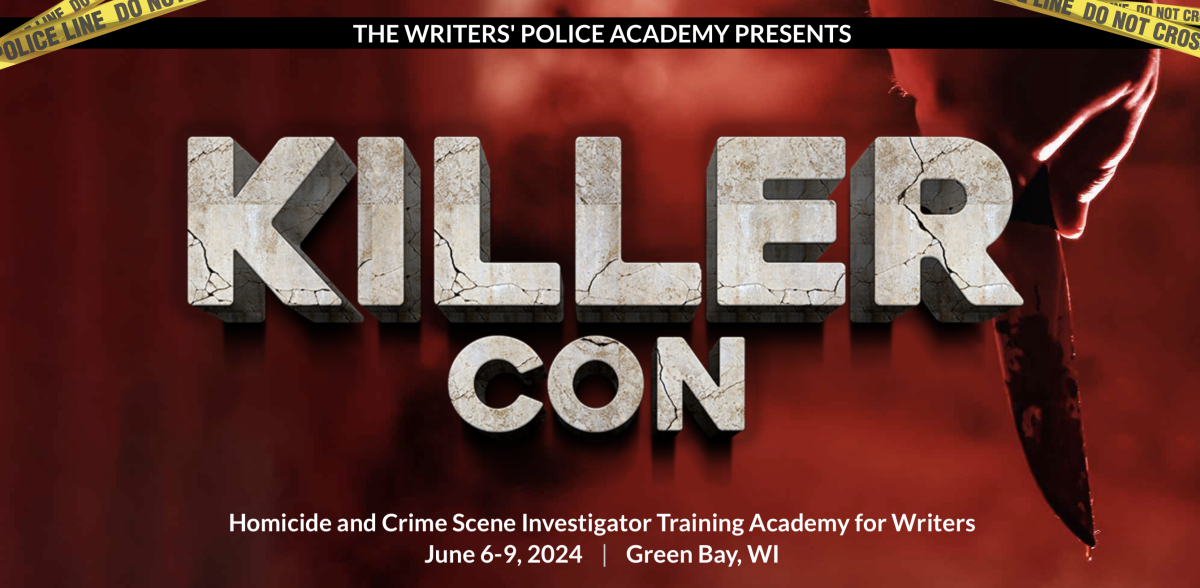
2024 Killer Con registration opens in January 2024.
Be ready to sign up because this is a KILLER event that’s not to be missed!
Visit a homicide scene and solve the case using tactics, tools, and techniques learned throughout the event.
2024 Killer Con Guest of Honor is internally bestselling author Charlaine Harris.

Click the link below to visit the Killer Con (Writers’ Police Academy) website to view the schedule of events, classes, instructors, and special guest presenters.

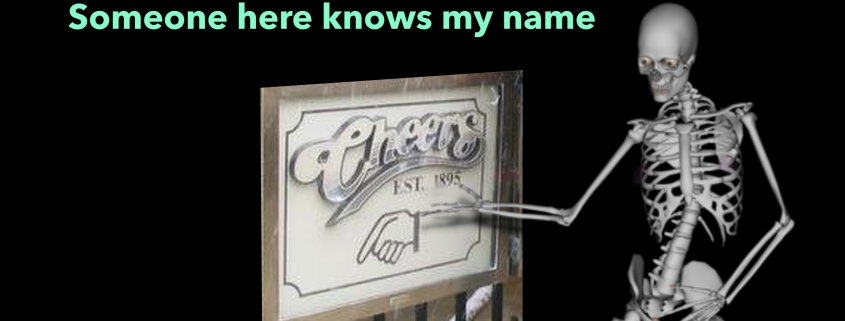
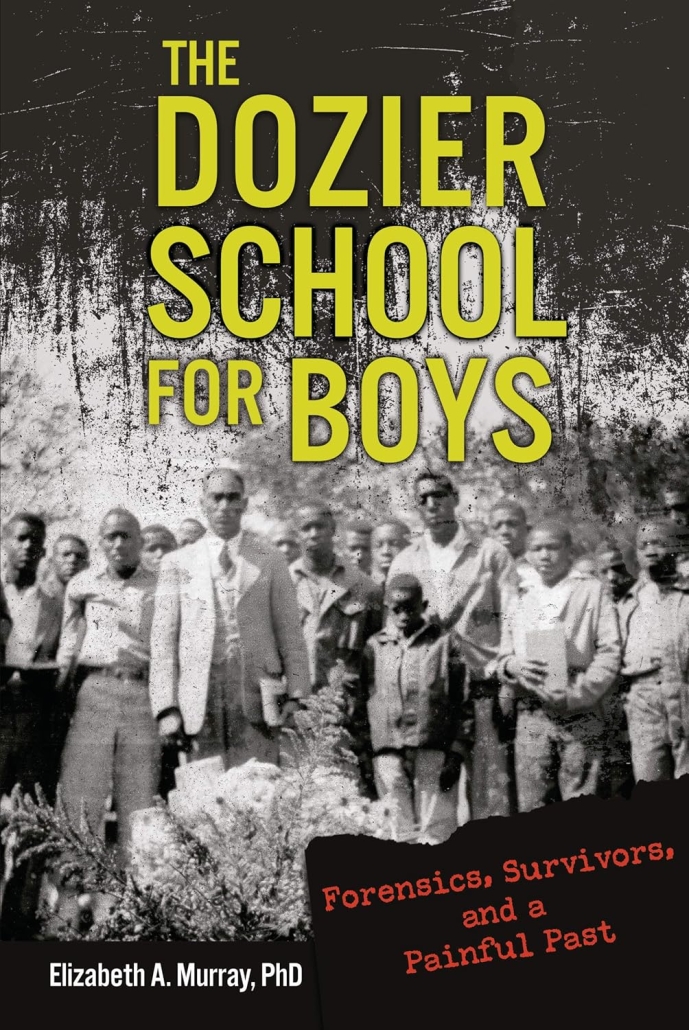
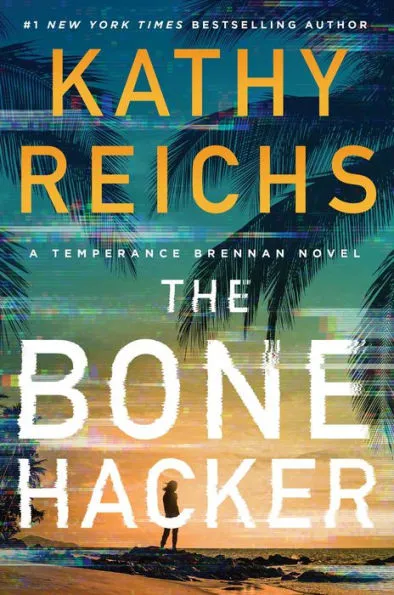
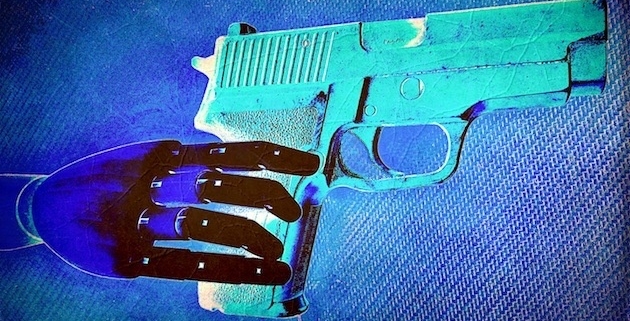
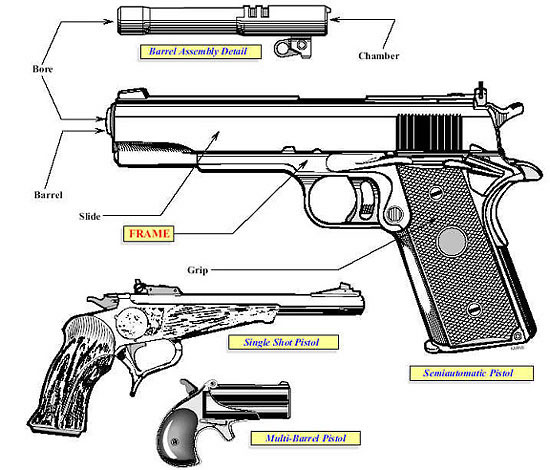
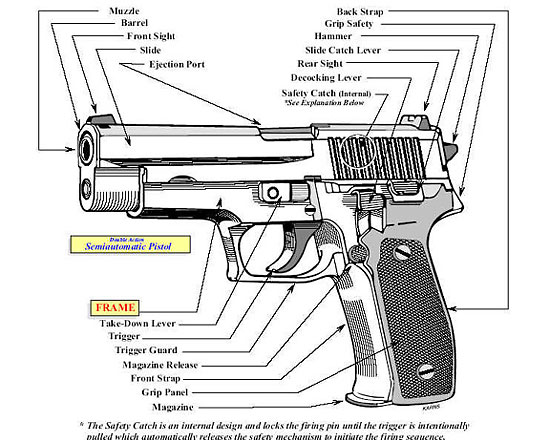

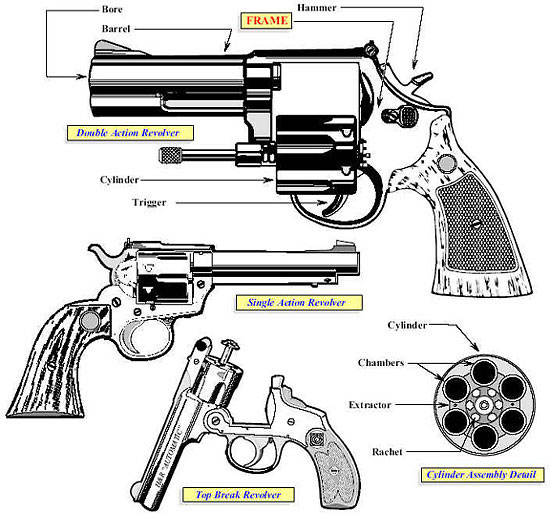

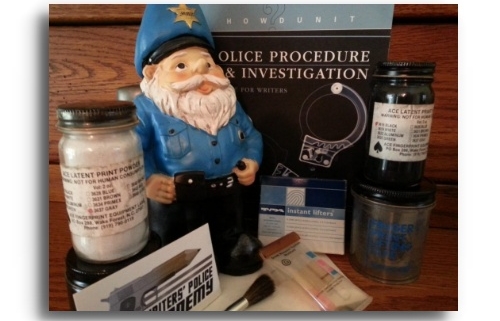

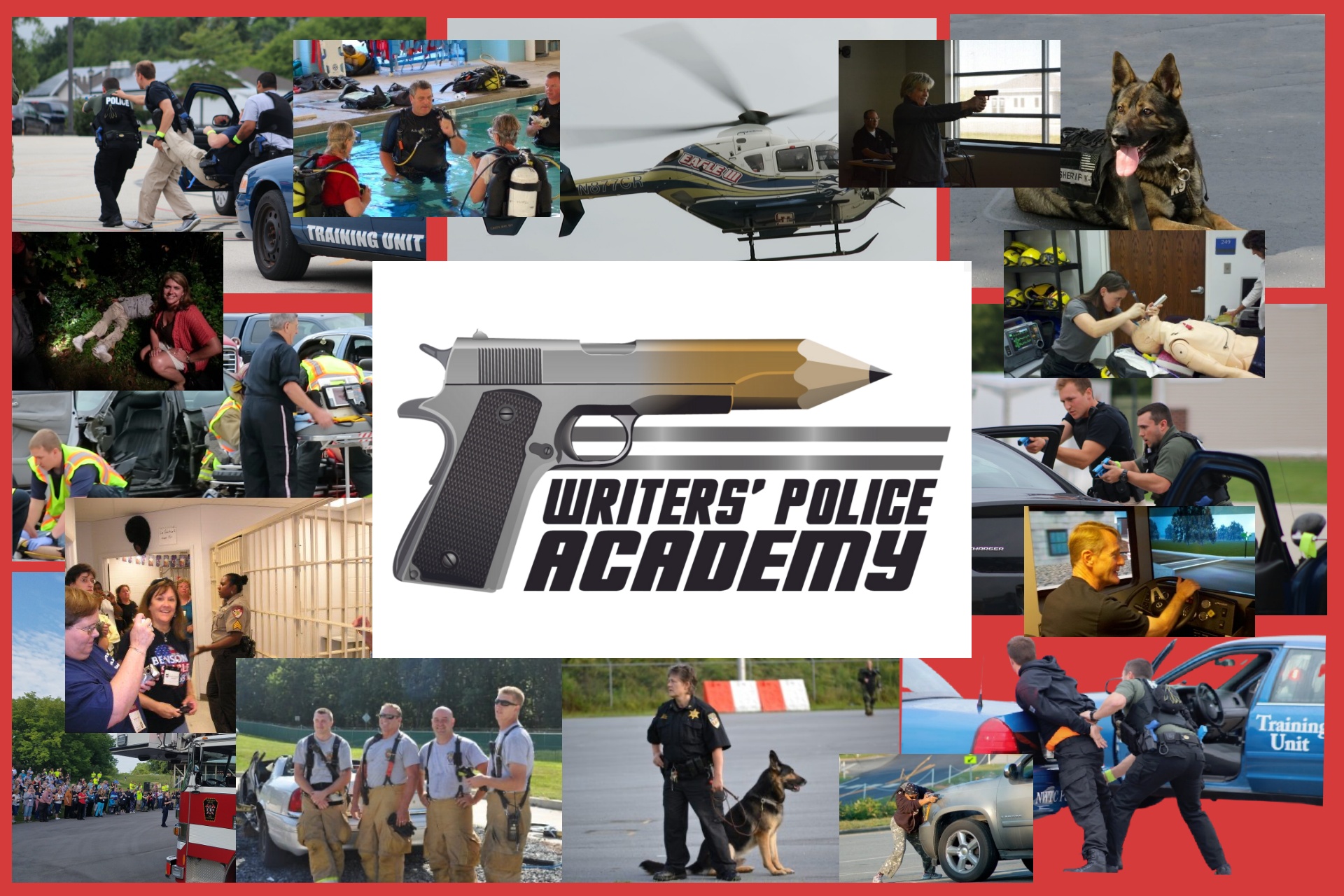

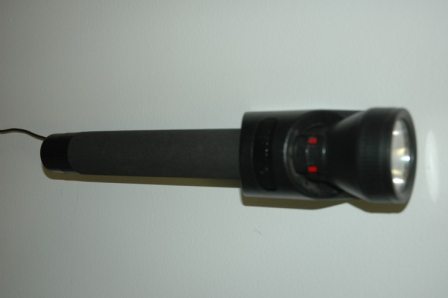
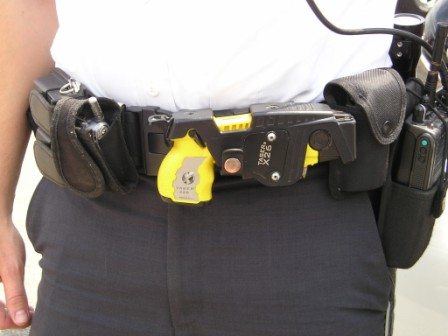
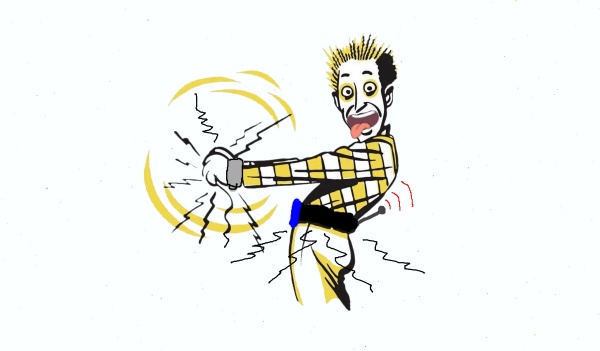 An Ohio sheriff’s deputy left the courtroom for a bathroom break. A few moments later the man in his custody, who wore a stun belt, was hit with a series of electric shocks because the officer accidentally dropped the remote control for the stun belt into the toilet. When drying the controller, the action activated the belt which repeatedly zapped the subject with electrical charges. The judge declared a mistrial. The “shocked” prisoner was cleared medically and suffered no permanent harm.
An Ohio sheriff’s deputy left the courtroom for a bathroom break. A few moments later the man in his custody, who wore a stun belt, was hit with a series of electric shocks because the officer accidentally dropped the remote control for the stun belt into the toilet. When drying the controller, the action activated the belt which repeatedly zapped the subject with electrical charges. The judge declared a mistrial. The “shocked” prisoner was cleared medically and suffered no permanent harm.
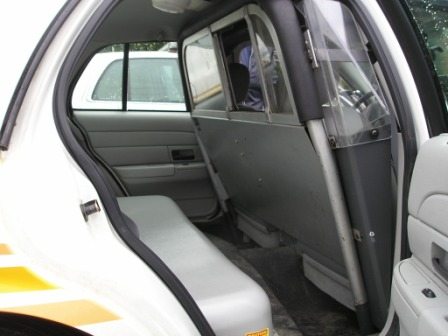


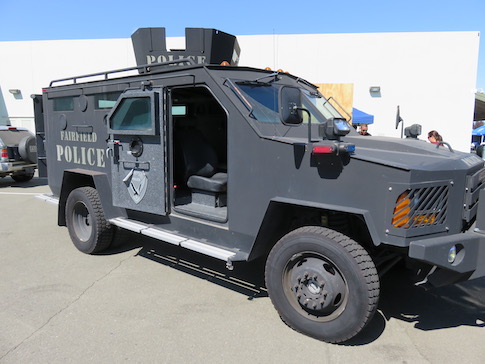
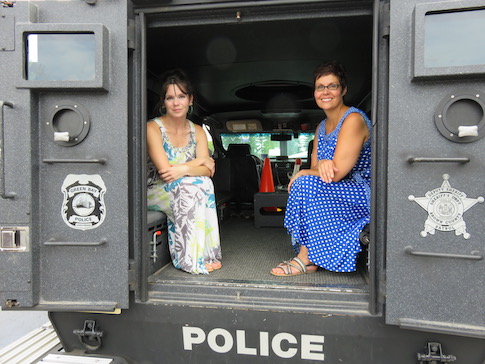
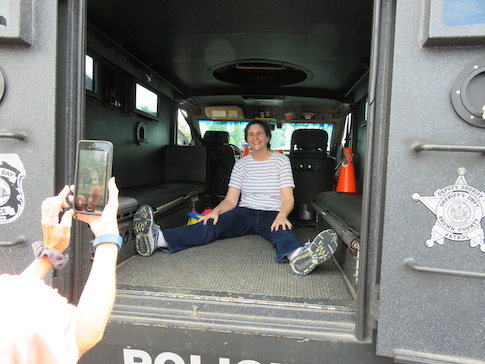
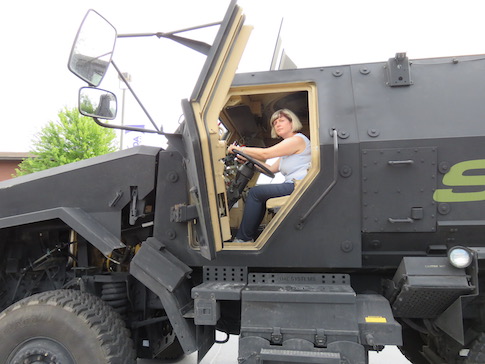
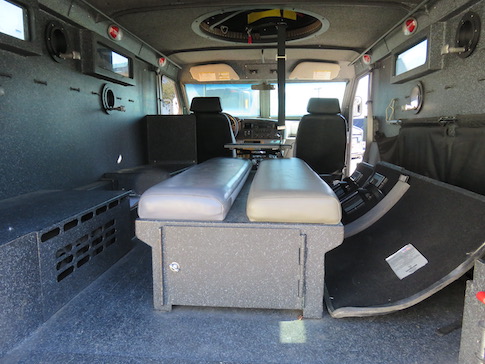
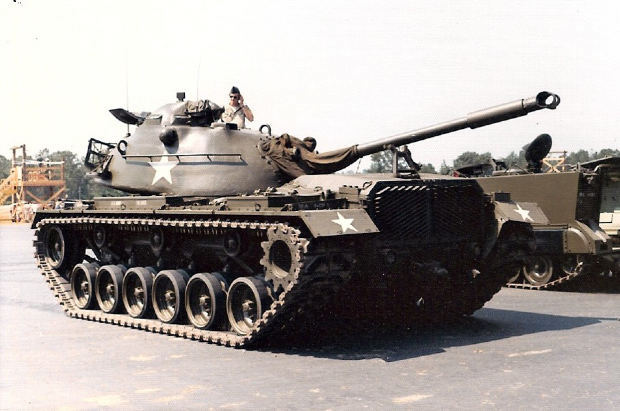
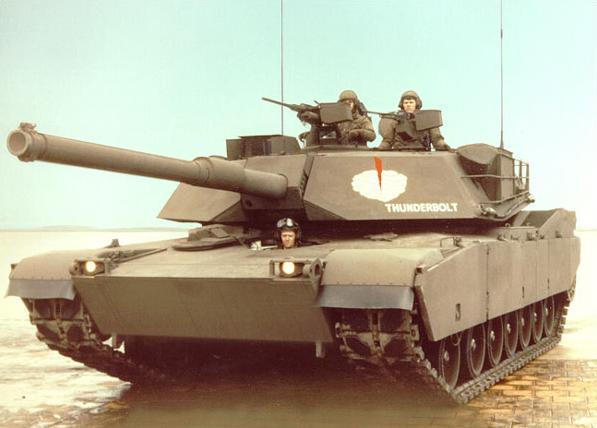

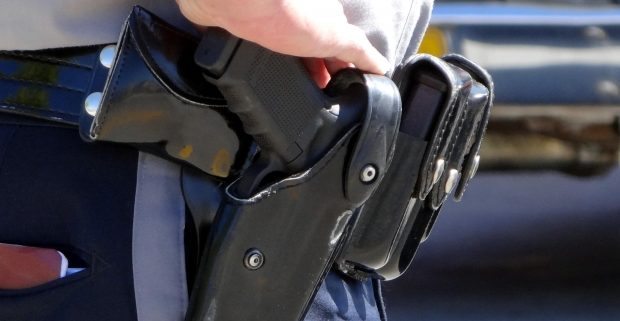

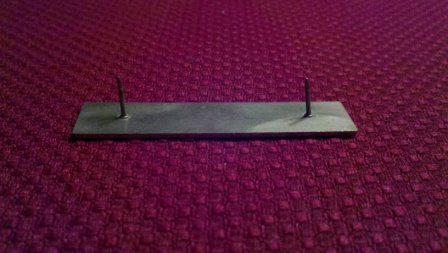
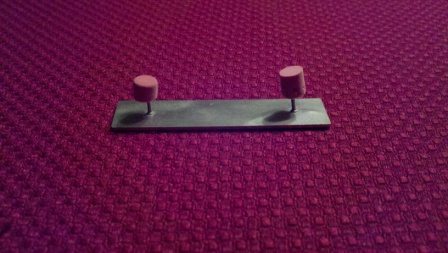
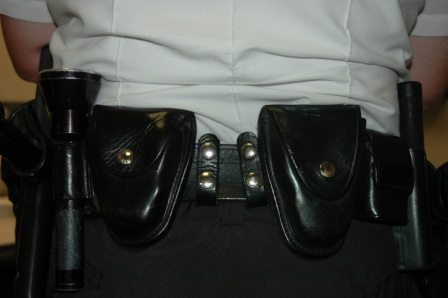
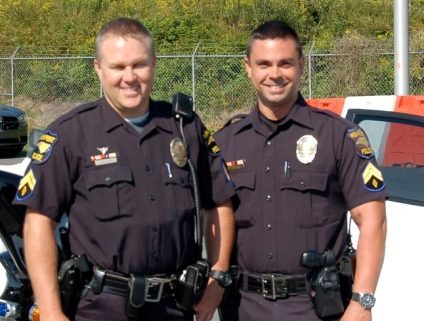


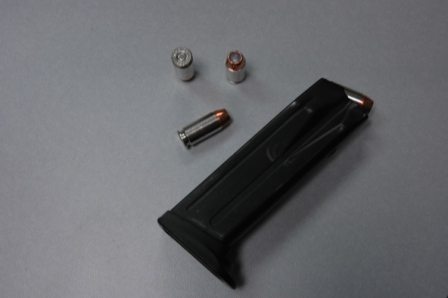
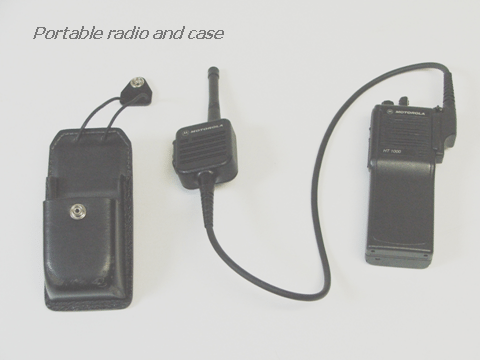
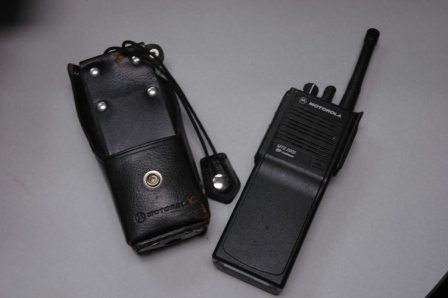
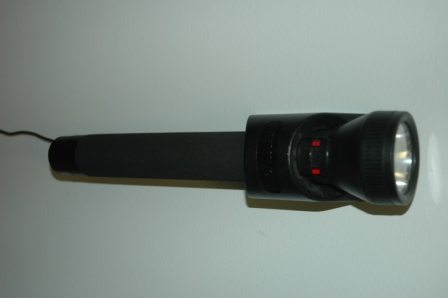

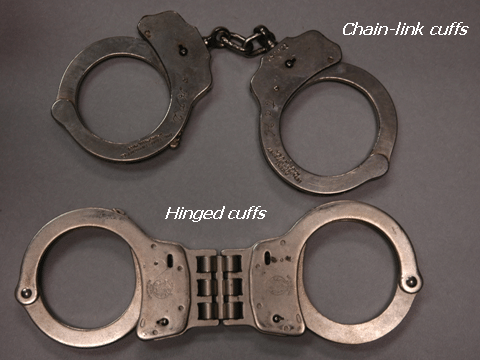
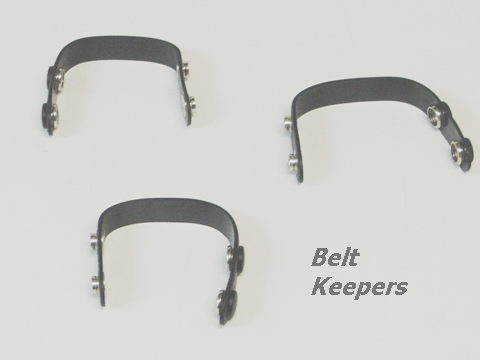
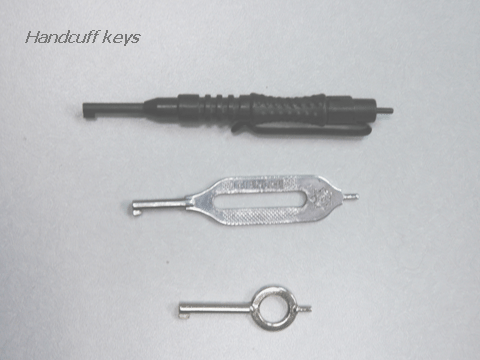
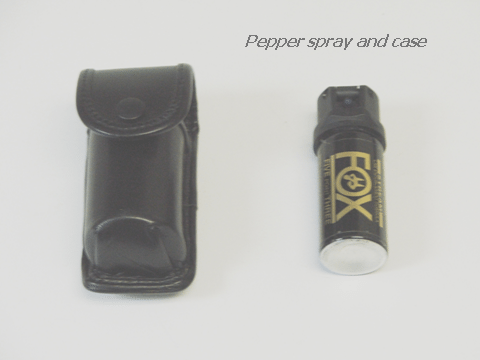
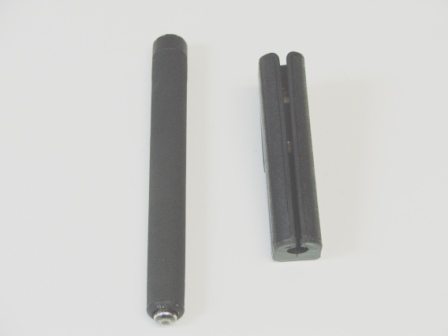
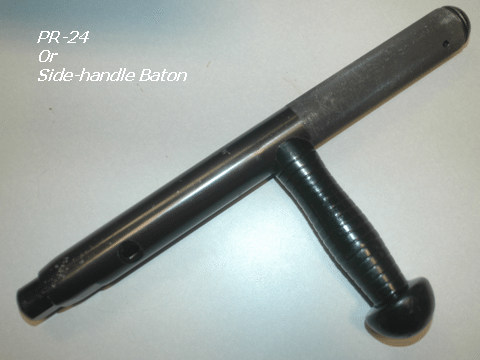
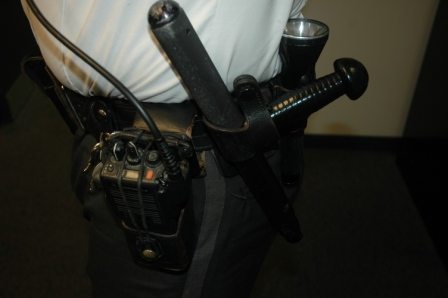

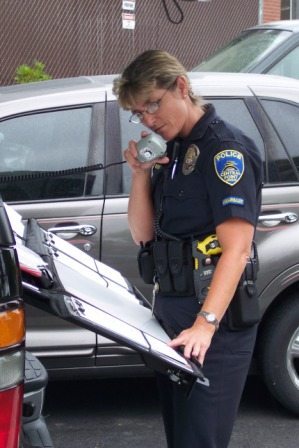
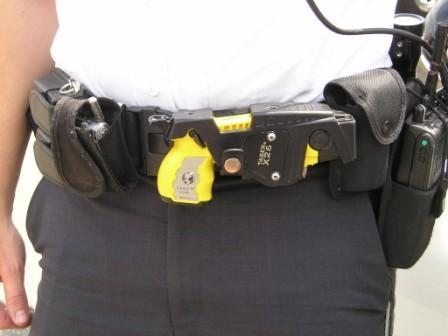

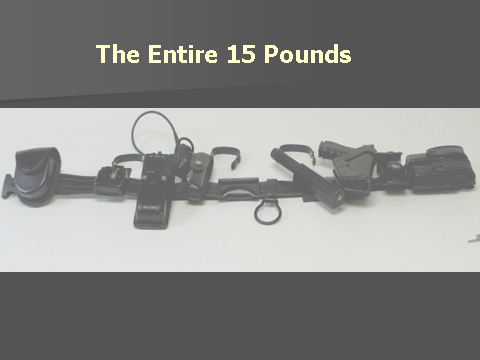
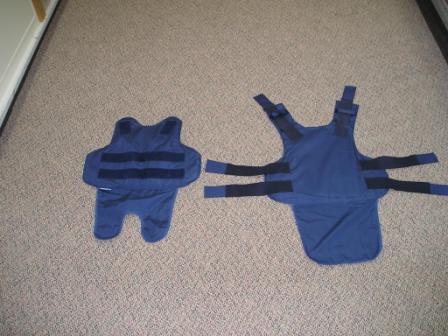
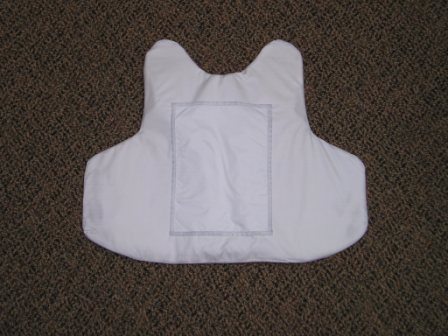
 *FYI – Bathroom breaks. Yes, the belt has to come off, which means unsnapping and removing the keepers and then the entire belt as one unit. All tools—gun, Taser, handcuffs, etc.—remain in place on the belt.
*FYI – Bathroom breaks. Yes, the belt has to come off, which means unsnapping and removing the keepers and then the entire belt as one unit. All tools—gun, Taser, handcuffs, etc.—remain in place on the belt.